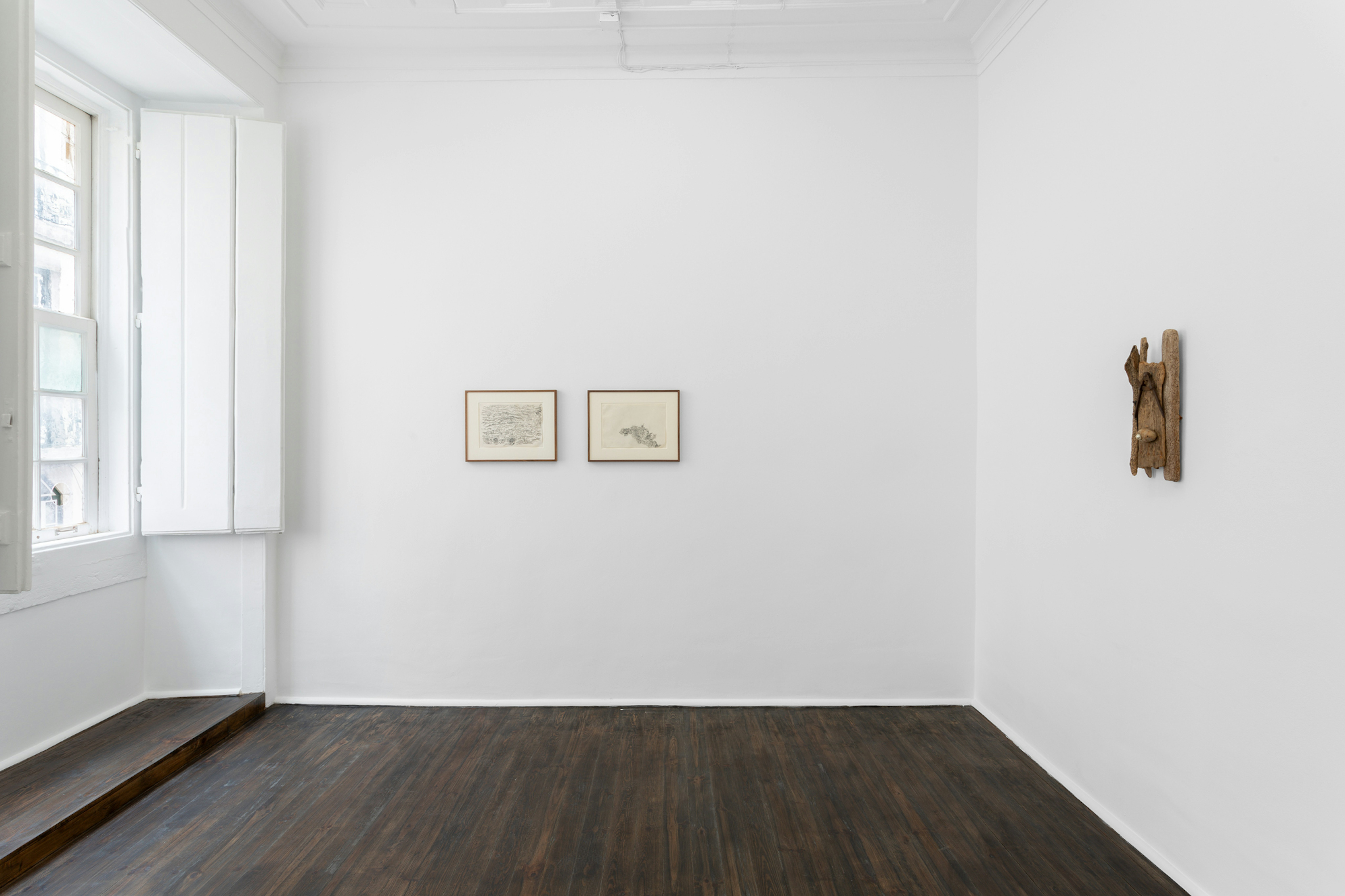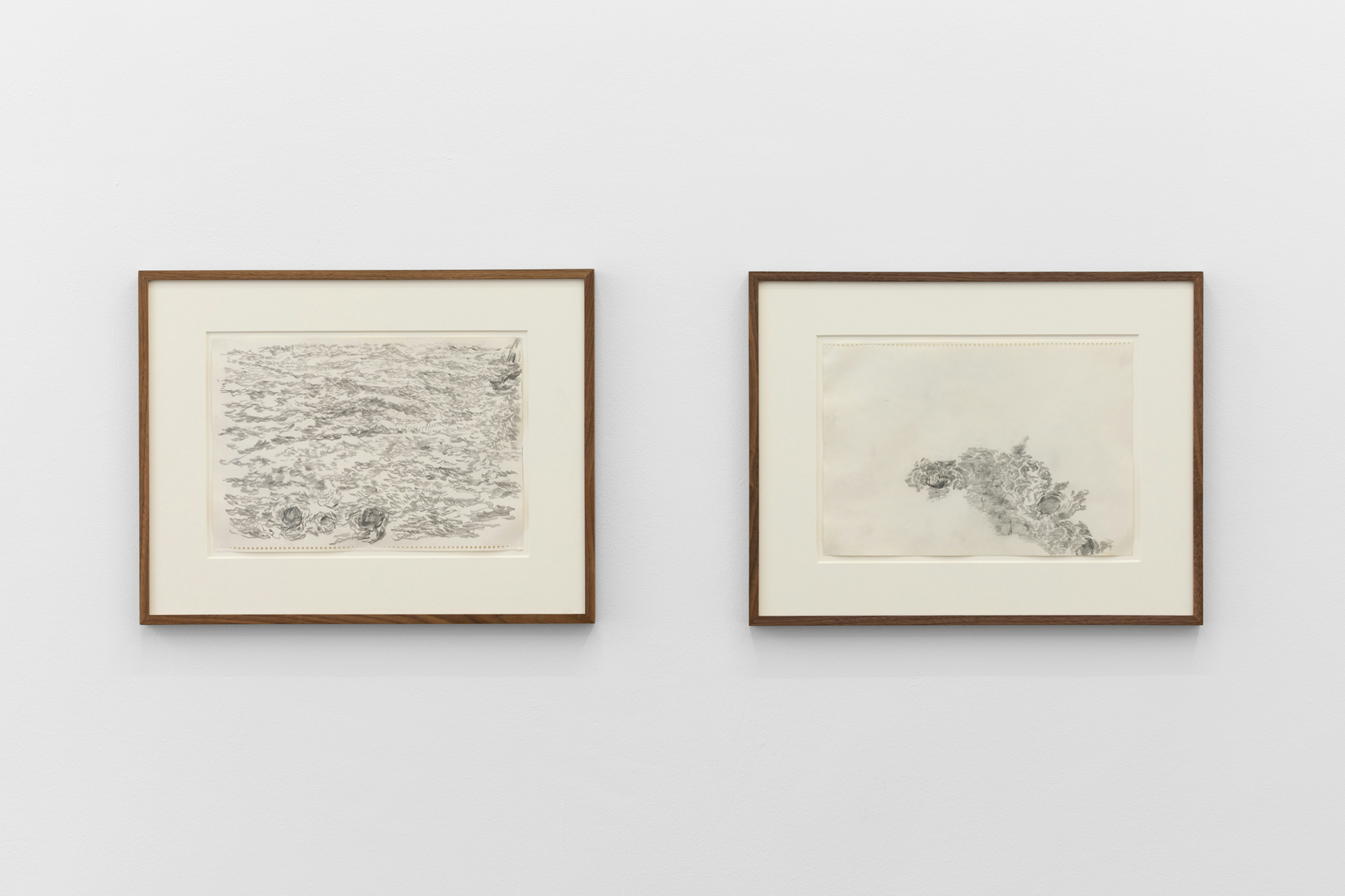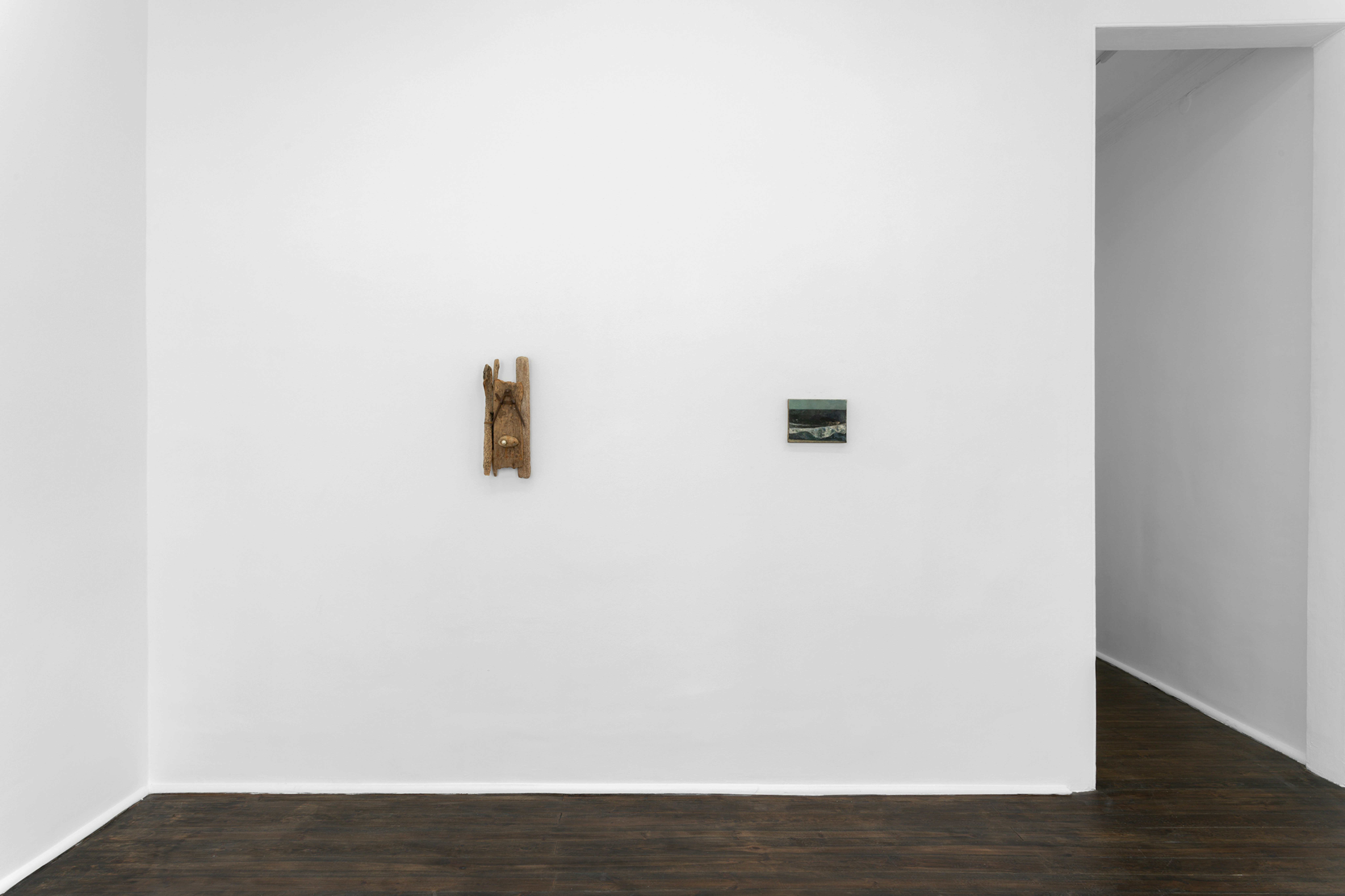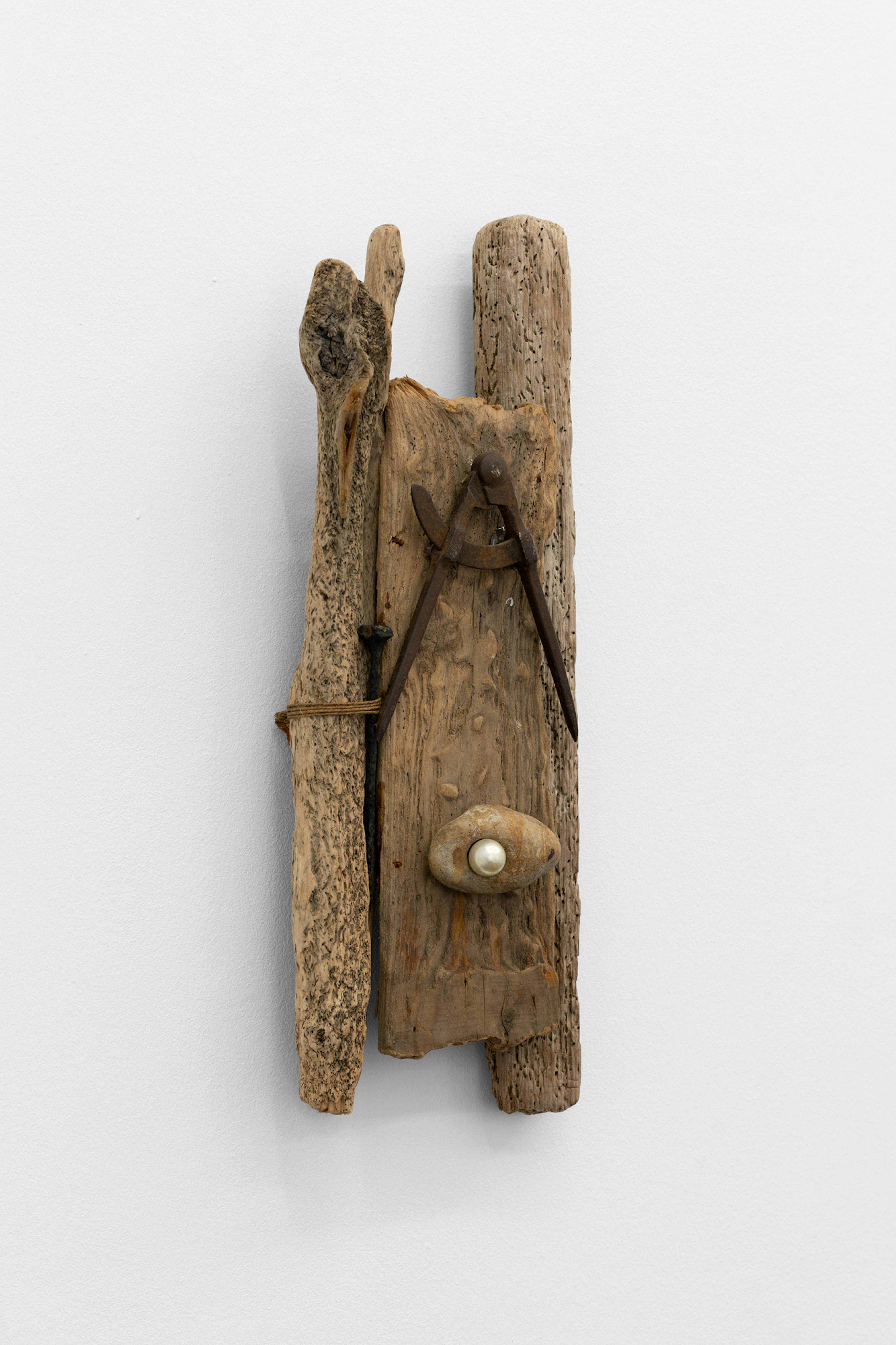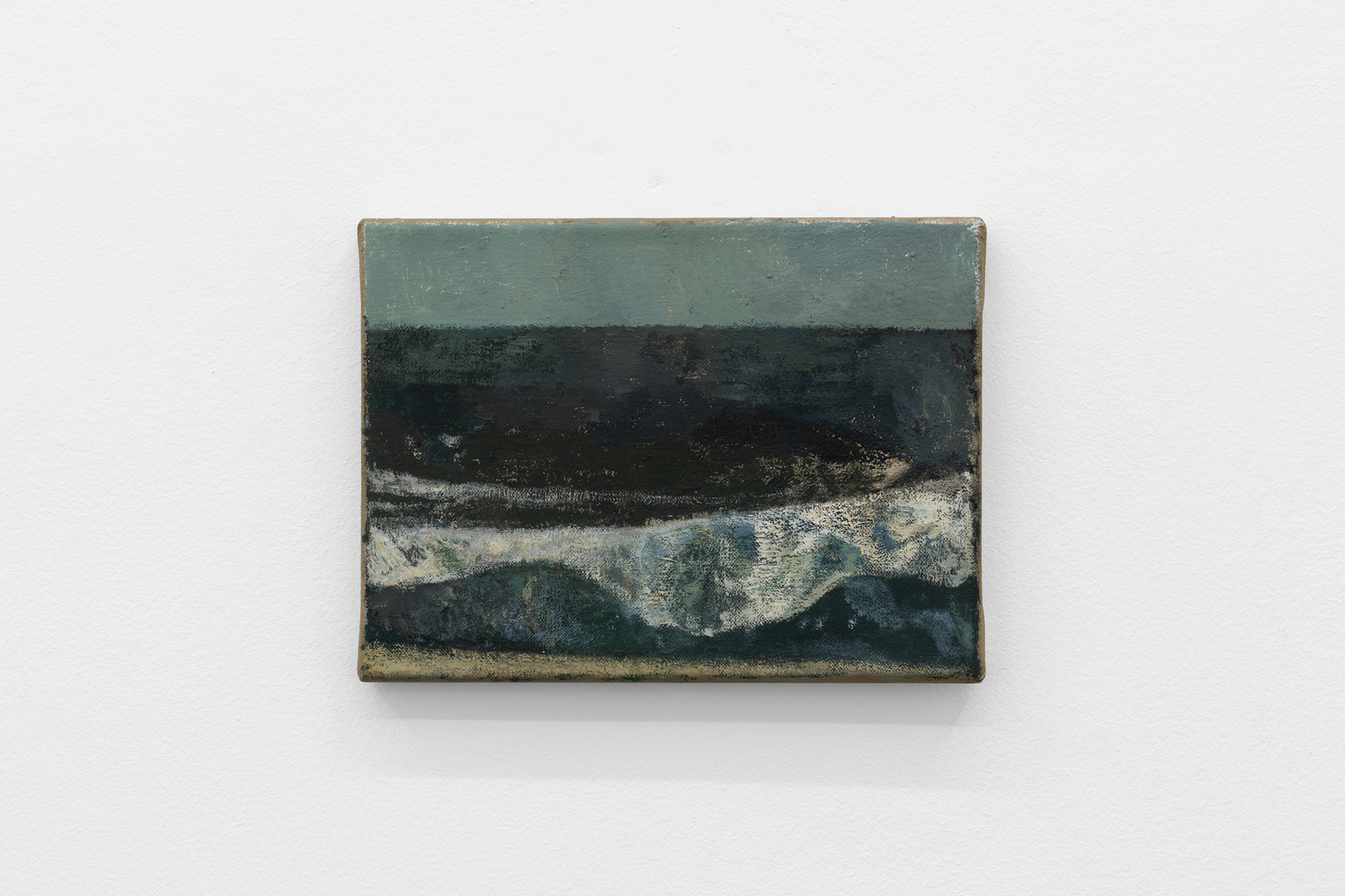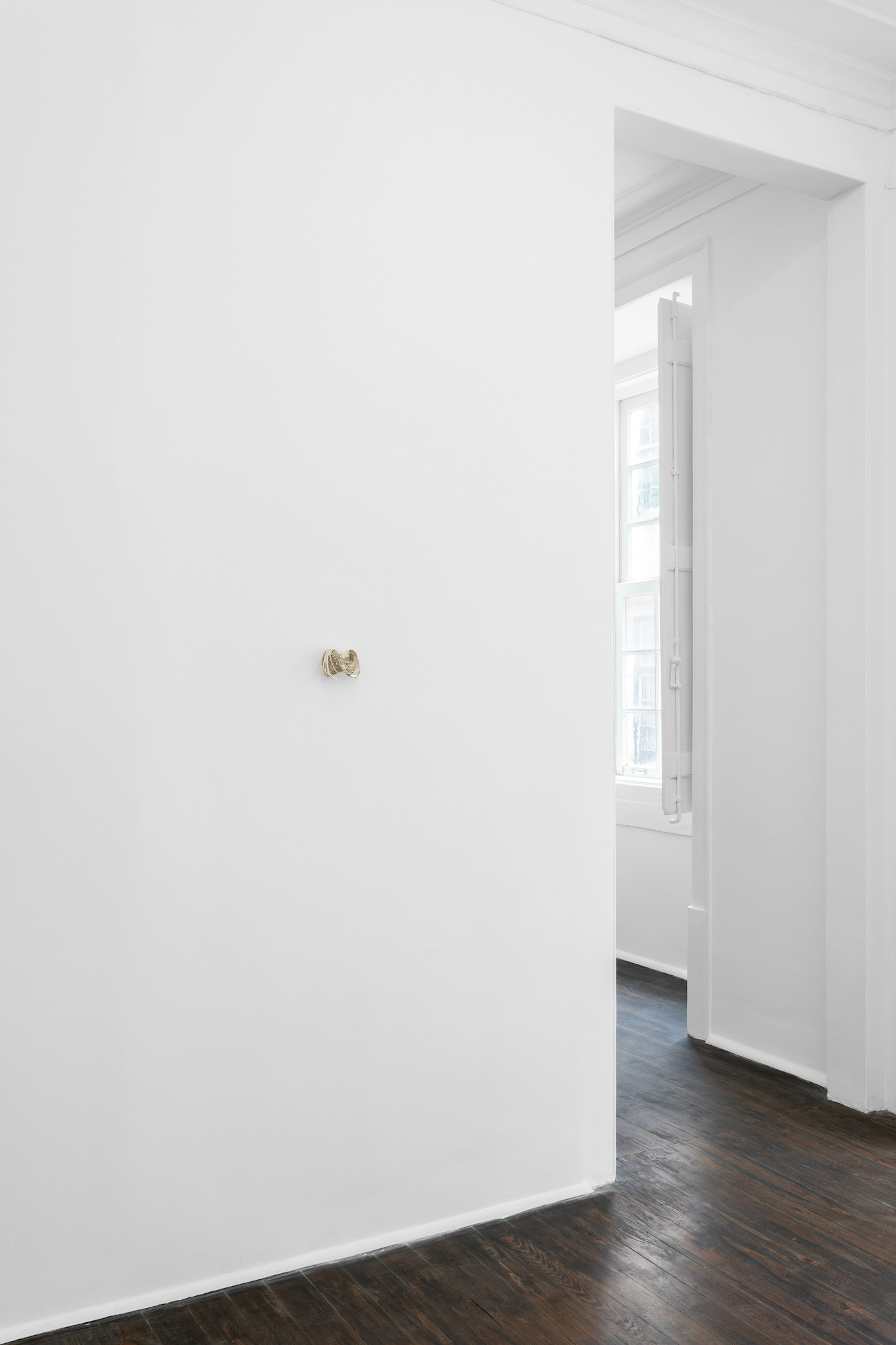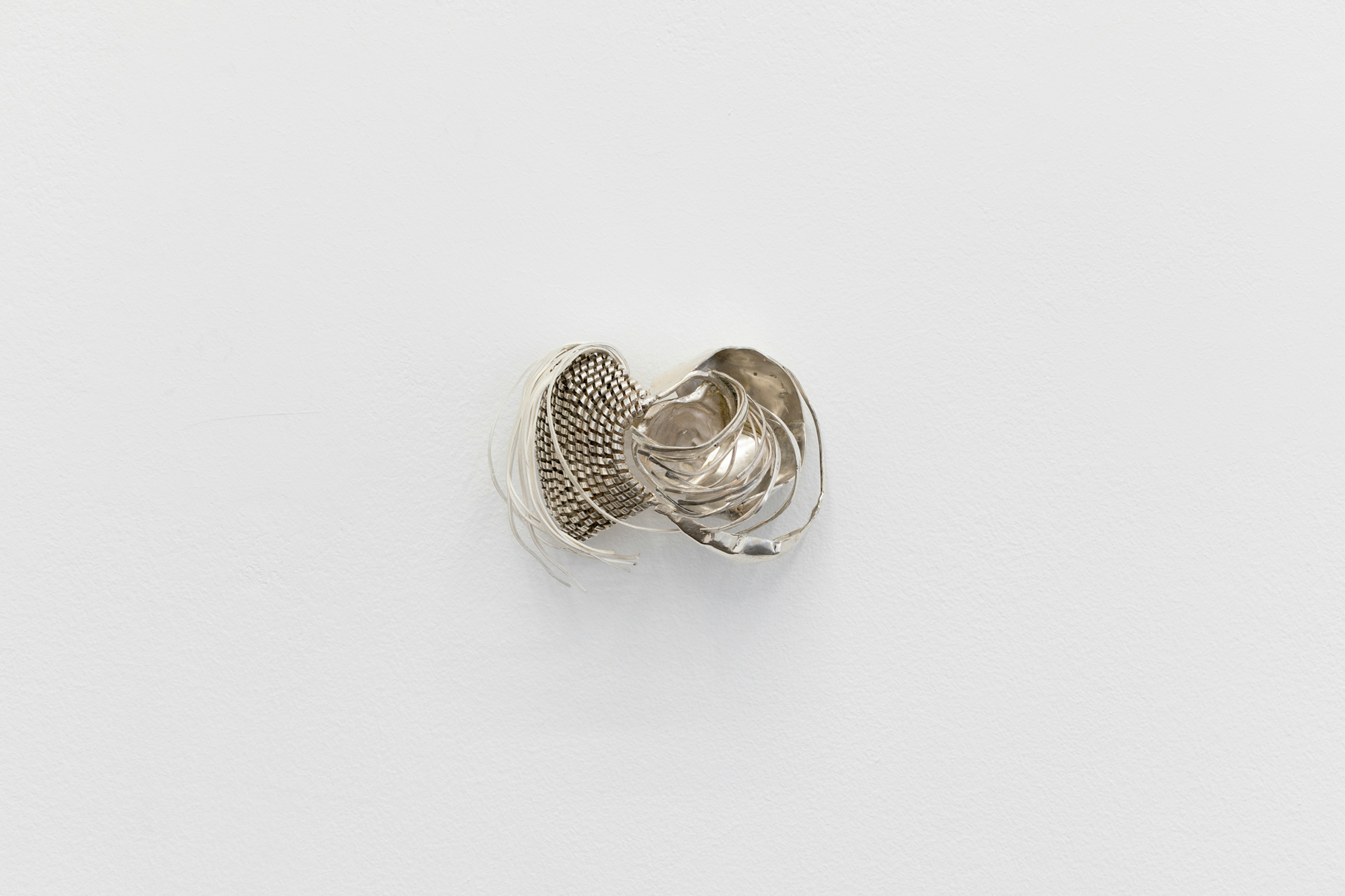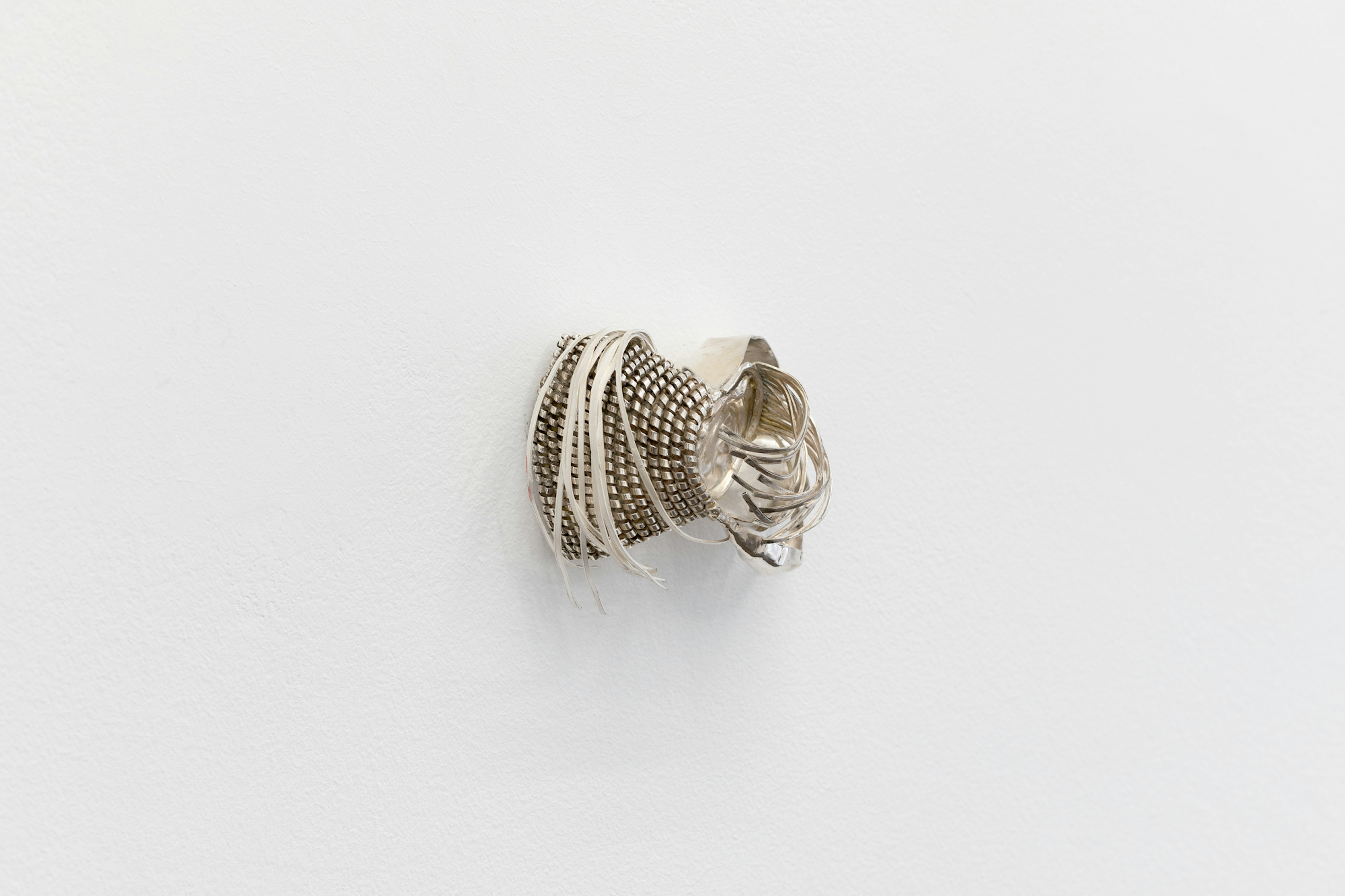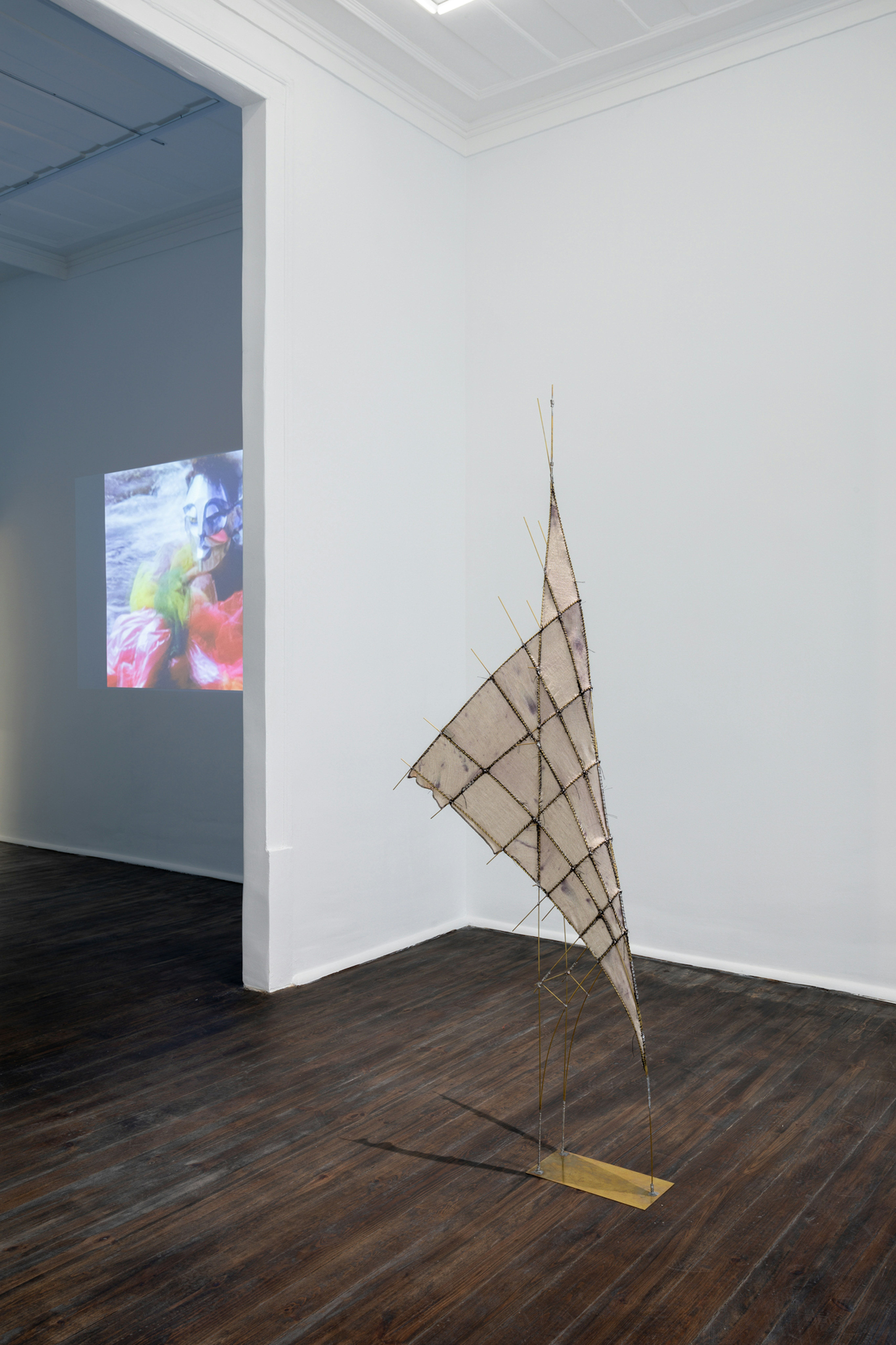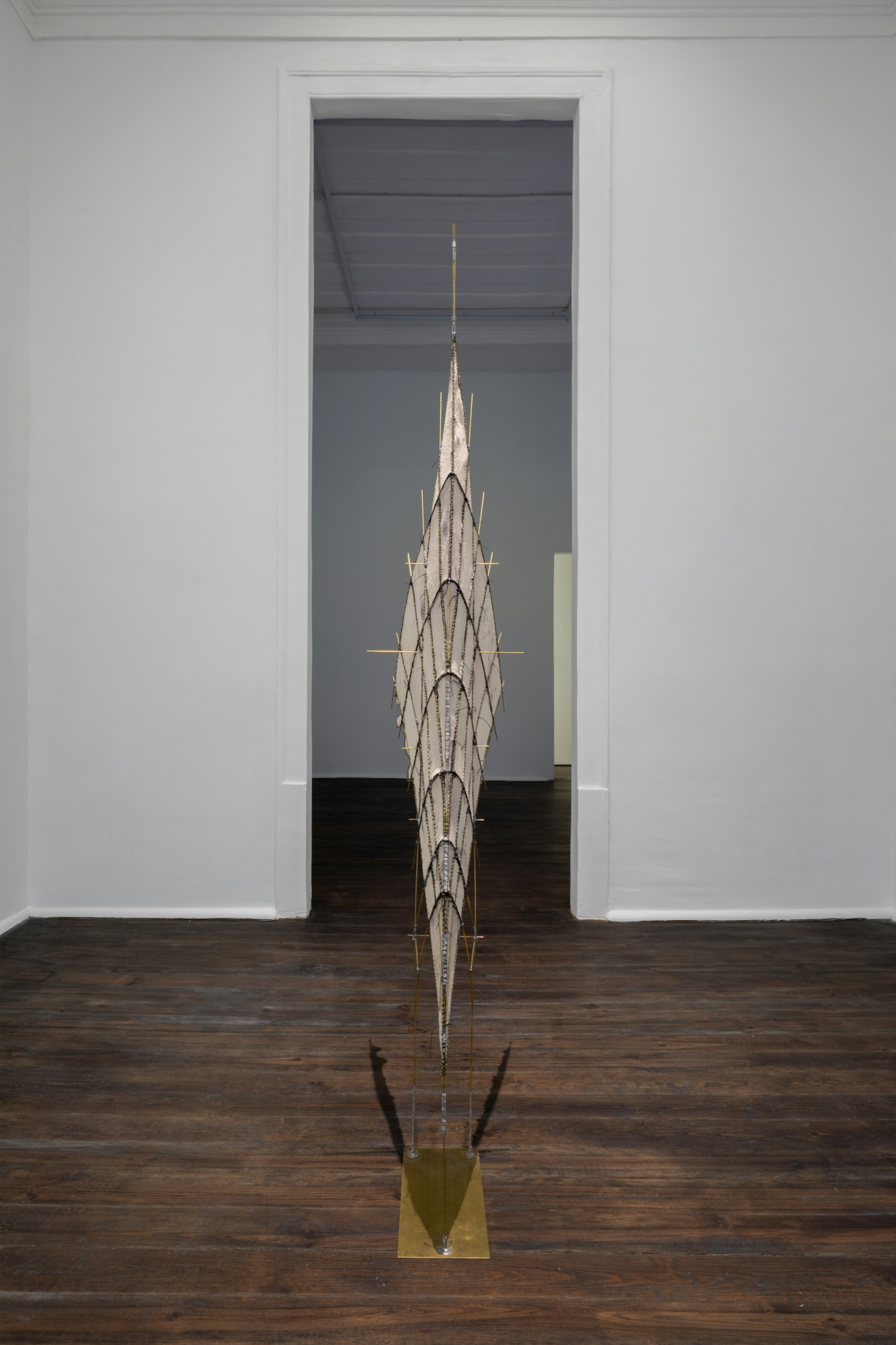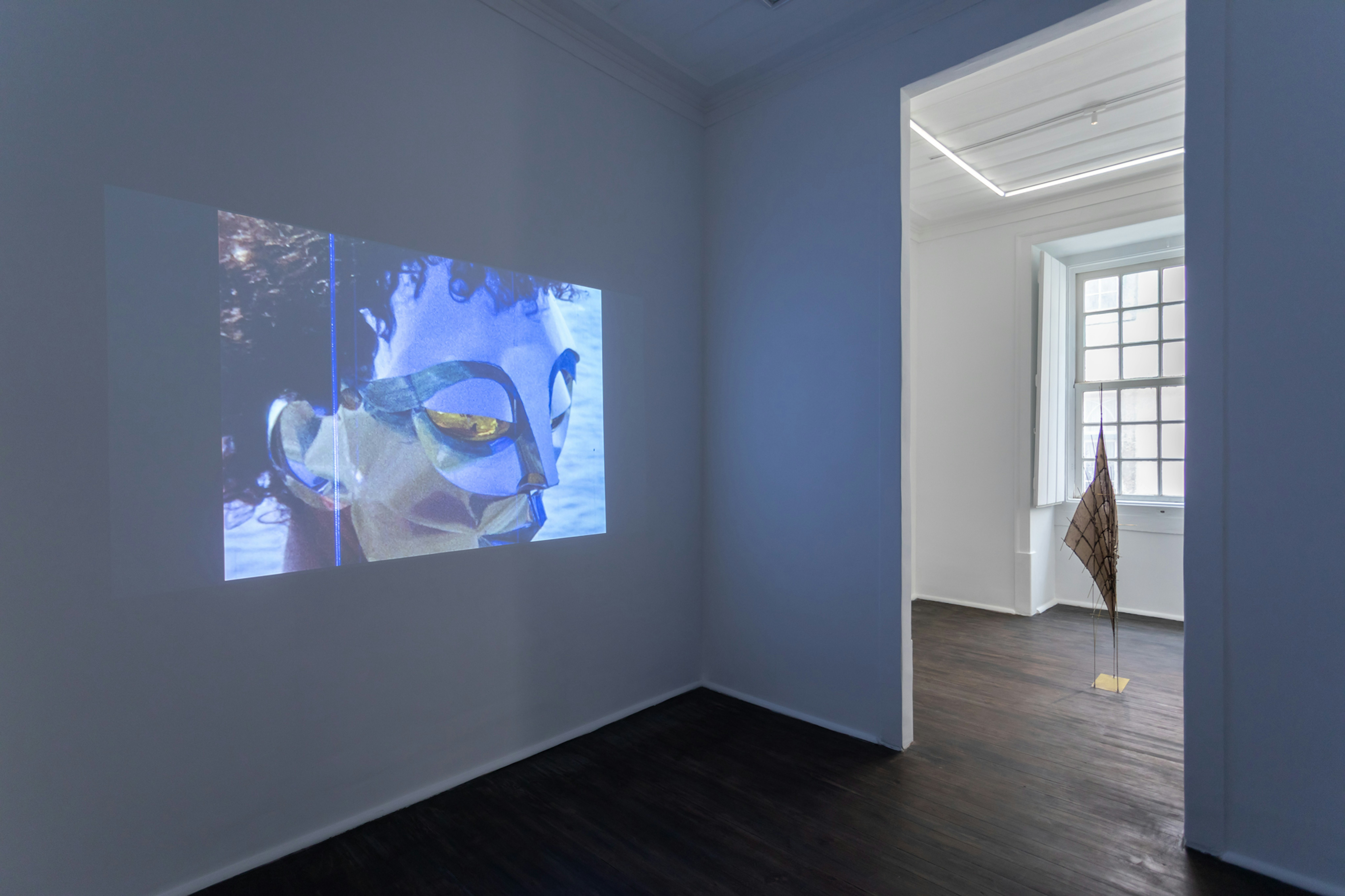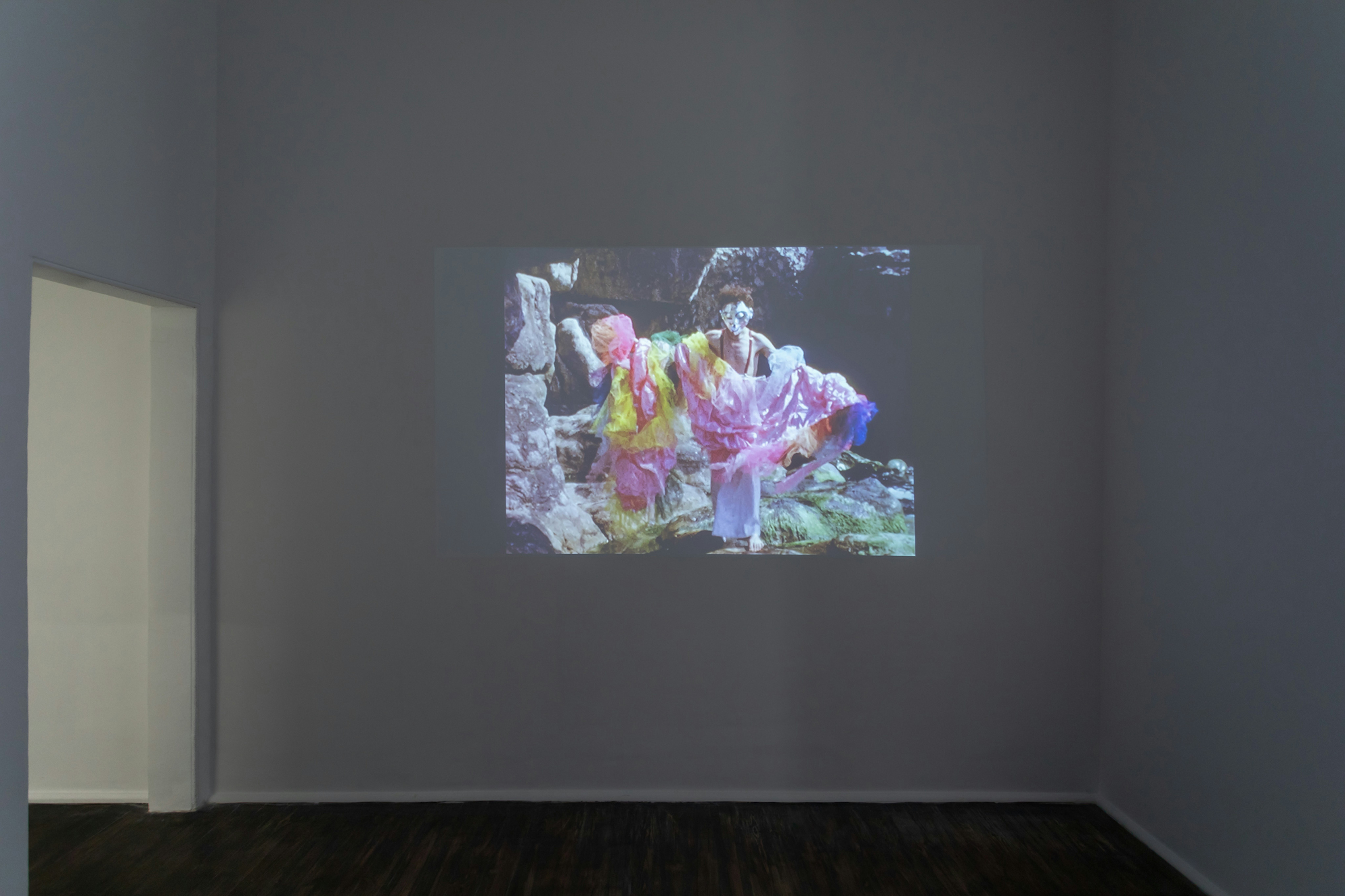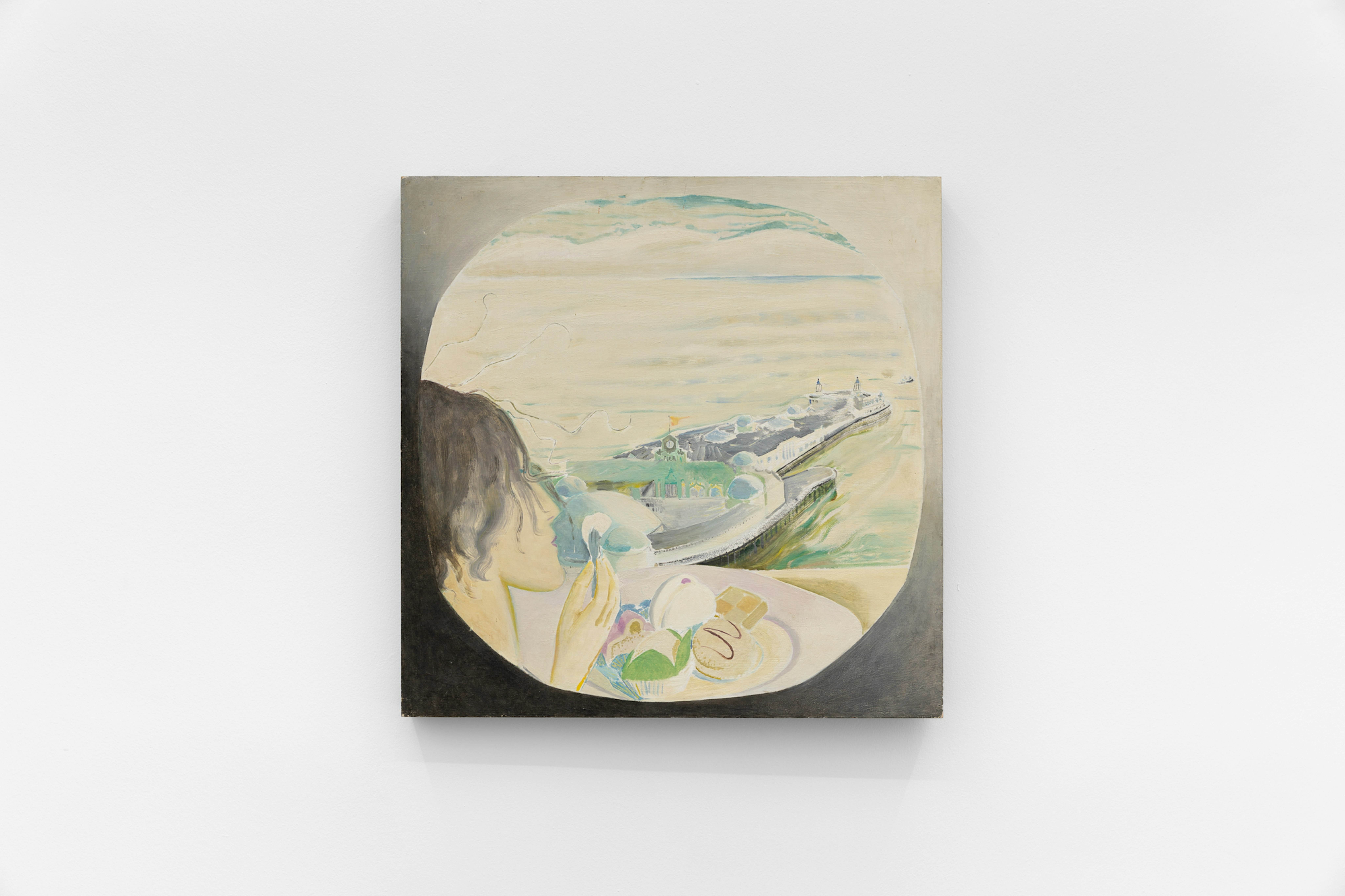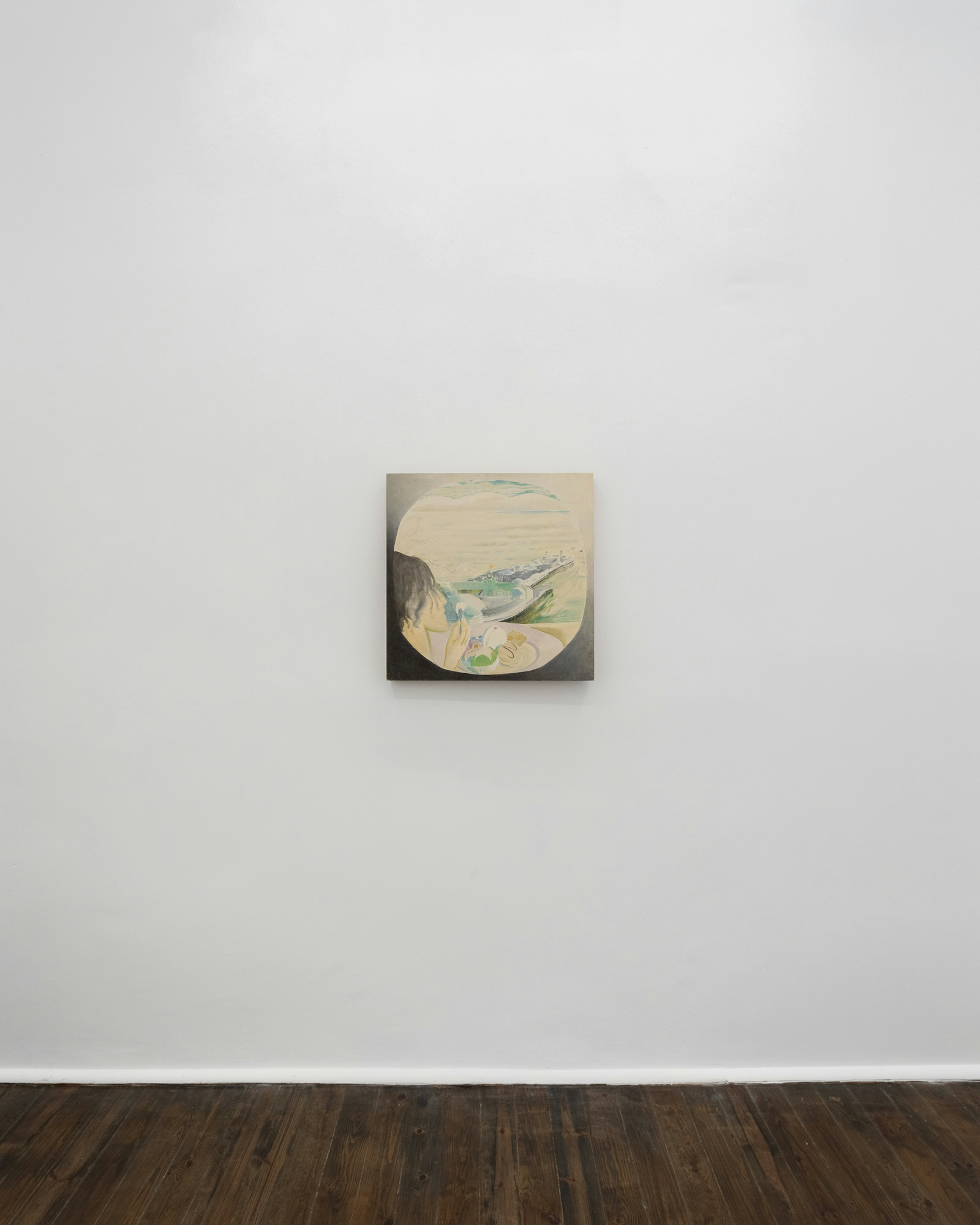ADZ
Rua do Crucifixo 28, First Floor, Lisboa
Wednesday–Saturday 11–5pm
info@adz.gallery
+351 932 989 202
Gallery Mailing List
The Hollow and the Receptive
ADZ is delighted to announce the opening “The Hollow And The Receptive”, a group-exhibition co-curated by Bianca Chu, featuring Covey Gong, Joanne Burke, Jeffery Camp, Lenz Geerk, Derek Jarman, and Paul Thek.
The exhibition takes its title from the writings of Sufi mystic, musician and teacher Hazrat Inayat Khan:‘Life is just like the ocean. When there is no appreciation, no receptivity, [one] sinks like a piece of iron to the bottom of the sea. [One] cannot float like the boat which is hollow, which is receptive’ (Inayat Khan,The Mysticism of Sound and Music, 1991, p. 132).
Opening reception; Friday, June 28th, 7-9pm
_
In Olaf Stapledon’s seminal 1937 novel, Starmaker, the protagonist travels to another world where mollusc-like creatures ‘acquire a propensity to drift in [their] boatlike shell on the sea’s surface.’ Their bodies eventually evolve so a ‘crude sail’ emerges from the membrane of its back, making these beings apt at navigation; they become ‘living ships.’ The nautiloids, as the protagonist in Starmaker names the species, have evolved to be in tune with the ocean, living harmoniously with its ebbs and flows. Our protagonist, gifted with the skill of embodying any being’s perspective, without interference on the host, is therefore able to recount with precise detail and authenticity, these nautiloids’ feelings, sensations, and experiences, as they are unfolding. As readers, we are afforded the opportunity to perceive through their ‘eyes,’ ‘to taste the bitter or delicious currents...to hear the sea-bottom’s configuration by means of the echoes that it cast up to the under-water ears.’ The concept of an inanimate thing – be it a boat, a cheese grater, or a doorknob – as a sentient, intelligent lifeform may test the elasticity of one’s perceiving mind and yet, the very possibility of imagining it means in some place, some dimension, it is real. To be hollow and receptive is to carve open space for the suspension of disbelief in whatever form it appears sovereign to the beholder.
I have sometimes wondered if these nautiloids might be the beings that Sufi mystic, teacher and musician Hazrat Inayat Khan conceived of in his profound anthology, The Mysticism of Sound and Music, when he wrote: ‘Life is just like the ocean. When there is no appreciation, no receptivity, [one] sinks like a piece of iron to the bottom of the sea. [One] cannot float like the boat which is hollow, which is receptive.’ Inayat Khan suggests as human beings if we could embody the buoyancy of a boat, we might sail through the vast, ever-changing and often turbulent ocean of life with equanimity and ease. Stapledon’s protagonist describes the nautiloids, drifting and coursing through rolling waves, as possessing intelligence, desire and fear–they, like all the alien species in the novel, are foils of humanity, highlighting aspects of our humanity so as a reader, you might interrogate yourself and at the same time, feel recognition with (an)other. What can we glean from our sea-faring alien friends' speculative form? To be hollow and receptive is not merely a structural and biological advantage in some worlds, in some time, it is a way of being that permits space for growth. Literally a void or hole, it is to empty oneself in order to accept new perspectives and ideas into one’s worldview. In my view, this is a profound invitation, and it is from this orientation that this exhibition has been conceived.
The opening shot of Derek Jarman’s 1972 Super8 film, At Low Tide, a cargo ship glides silently across the horizon until it disappears from the cinematic frame. As watchers we are left gazing at the ocean and sky, a primordial meeting of matter and air, an abstract tableau. In the following six minutes, a sea-deity appears on rocks, swathed in colour, its face an angular, futuristic mask made of metallic silver. Our deity edges down, eventually embracing a siren who is looking over a dead sailor whilst she casts makeshift paper boats into a calm tidal pool. In Philip Hoare’s recent essay on this short film, he writes that ‘nothing really happens, nothing is resolved, everything is suggested,’ which feels like a promising mantra for how to resist the temptation to narrativise. To resist this urge is to renounce the limitations of one singular story, one dominant version of history. Through that act of renunciation, to choose multiplicity, contradiction, even paradox; to choose other possibilities, alternative realities where boats are sentient beings, to be empty so as to be full, at least in metaphysical terms. Hoare continues on the magic of Jarman’s Super8 films: ‘in their ghostly slowness, they connect us physically with [a] fluid age of change and possibilities.’ We are ever in a fluid age of change and possibility, of becoming.
This exhibition presents a hypothesis: is it possible for creative acts to harness the illusion of representation/realism in order to make real and tangible that which is hard to decipher fully, ineffable, that which endures in the hollow? The artists brought together here are each nodes in a vast web of relations–between people, places, things, and ideas–who, for me, are exemplars of an enquiry into the inexpressible, the poetic, even the arcane. Their works offer signposts towards the receptive: what a temporary suspension of disbelief does, here in the form of visual and material art practice, and how their silent echoes reverberate if we choose to attune to them as they pass through us. The Starmaker’s protagonist at the end of his recounting of his experience inside a nautiloid host notes only when ‘all the crazy traditions of a diseased civilisation had been purged away, along with true culture, could the spirit of these ‘ship-[beings] [sic.] set out again on the great adventure of the spirit. Many thousands of years later it broke through on to that higher plane of being...’ What other dimension of being becomes available, what portal is opened when the receptive and the hollow meet in a landscape, in a body, on the ocean’s surface and its unfathomable abyss?
Bianca Chu
